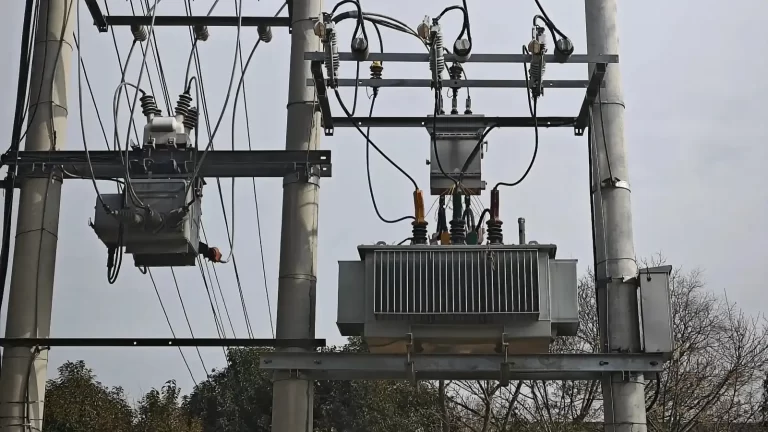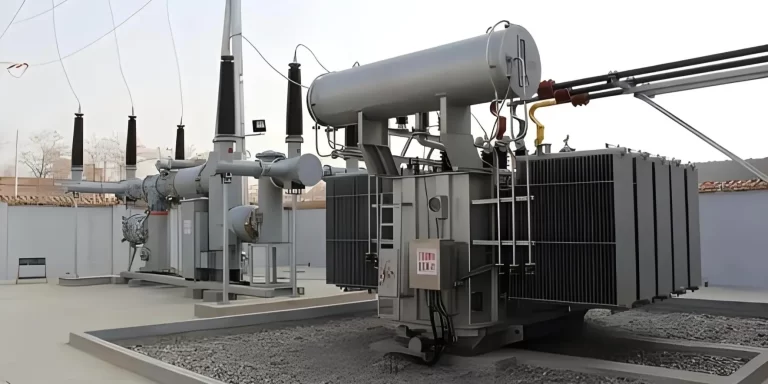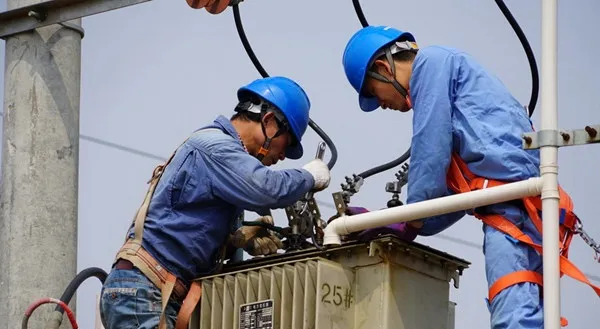Yes, dry-type transformers can be used outside, but certain considerations and precautions need to be taken into account. Dry-type transformers are often chosen for outdoor installations in situations where their specific advantages align with the requirements of the application. Here are some key points to consider when using dry-type transformers outdoors:
- Enclosure Type: Dry-type transformers designed for outdoor use typically come in weatherproof enclosures. These enclosures provide protection against environmental elements such as rain, snow, and sunlight.
- NEMA Ratings: The National Electrical Manufacturers Association (NEMA) provides standards for enclosure types, and transformers intended for outdoor use will have specific NEMA ratings indicating their suitability for different environmental conditions.
- Ventilation: Outdoor dry-type transformers rely on natural convection and ventilation for cooling. Adequate airflow around the transformer should be ensured to maintain proper cooling and prevent overheating.
- Location Considerations: The installation site should be chosen carefully to minimize exposure to extreme weather conditions. Placing the transformer in a location with good drainage can help prevent water accumulation.
- Elevation and Ambient Temperature: Dry-type transformers may have specific operating temperature limits. Ensure that the transformer is rated for the expected ambient temperature at its installation site. Altitude considerations may also apply.
- Environmental Contaminants: Dry-type transformers are more sensitive to environmental contaminants such as dust and dirt compared to oil-filled transformers. Regular maintenance and cleaning may be necessary to prevent these contaminants from affecting performance.
- Safety Precautions: Consider safety measures to protect the transformer from unauthorized access or tampering. Adequate fencing or barriers may be needed.
- Niche Applications: Dry-type transformers are particularly suitable for certain niche outdoor applications where their characteristics, such as being environmentally friendly and free of flammable liquids, align with specific requirements.
It’s important to note that while dry-type transformers can be used outdoors, certain environmental and operational factors need to be taken into account to ensure proper performance and longevity. Transformers intended for outdoor use are designed and constructed with features to withstand outdoor conditions, and compliance with relevant standards and regulations is crucial.
Always refer to the manufacturer’s specifications, guidelines, and installation instructions for the specific dry-type transformer being used to ensure that it is suitable for outdoor installations and that proper precautions are taken.



